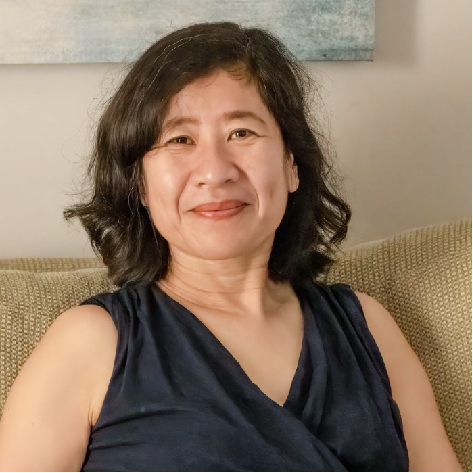
搜索网站、位置和人员

新闻与活动 活动信息
生命科学名师论坛 | Xin Sun: Considering the Lung as a Sensory Organ
时间
2024年10月31日(周四)
16:00 - 17:30
地点
云谷校区E9-109会议室
主持
西湖大学生命科学学院讲席教授 许田
受众
全体师生
分类
学术与研究
生命科学名师论坛 | Xin Sun: Considering the Lung as a Sensory Organ
时间:10月31日星期四16:00-17:30
Time:4:00-5:30 PM, Thursday, October 31,2024
主持人:西湖大学生命科学学院讲席教授 许田
Host:Dr. Tian Xu, Chair Professor, School of Life Sciences
地点:云谷校区E9-109会议室
Venue:Room E9-109, Yungu Campus
主讲嘉宾/Speaker:

Dr. Xin Sun, Professor, Department of Pediatrics, University of California-San Diego; Founding Director of UCSD Lung Center
My research focuses on elucidating the genetic, genomic and epigenomic mechanisms of lung stem cell function in development, regeneration, repair and disease. My early work contributed to the fundamental understanding of developmental processes including limb patterning and gastrulation. In our current focus on lung, my lab has investigated the function of a broad spectrum of factors, including signals and receptors (FGFs, WNTs, HHs, BMPs, SLIT and their corresponding receptors), cytoplasmic effectors (Dicer, microRNAs, E3 ubiquitin ligases, myosin light chain kinase and LONP1), and transcription factors (NKX2-1, SOX2, ASCL1, Myocardin, ETVs and MYRF) in lung development and disease. The array of lung diseases that we have studied include rare disorders such as congenital diaphragmatic hernia (abdominal organs in chest preventing respiration), neuroendocrine cell hyperplasia of infancy (increased neuroendocrine cells and respiratory deficiency), tracheobronchomalacia (floppy trachea and bronchi) and tracheoesophageal fistula (persistent connection between trachea and esophagus). We have also studied more prevalent diseases such as bronchopulmonary dysplasia, pulmonary fibrosis, COPD, asthma and respiratory infection induced lung injury. We use CRISPR/Cas9 genome editing to generate genetic mouse models to study human disease mechanisms. As part of the NIH LungMAP and HuBMAP consortia, we use advanced technologies to profile single cell transcriptomic and epigenomic signatures of the human lung. Extending from our work on pulmonary neuroendocrine cells, a critical sensor in the lung, we study neural circuit control of lung function. I have also applied my expertise in mouse genetics into teaching, including serving as Director of the flagship Cold Spring Harbor Mouse Development, Stem Cell and Cancer summer course.
联系人/Contact:
生命科学学院
于文越 yuwenyue@westlake.edu.cn

















